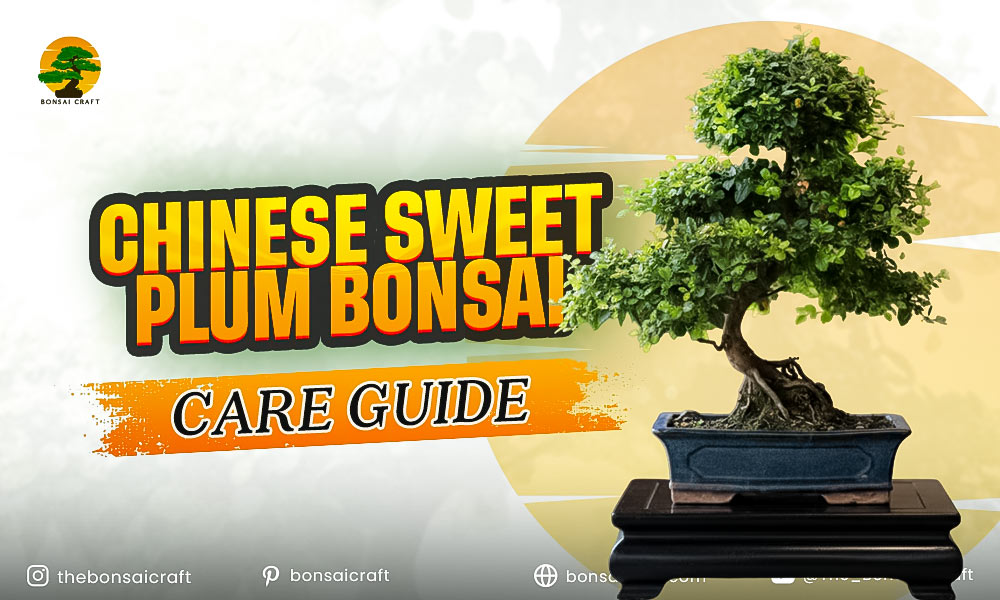
The Chinese sweet plum bonsai is a captivating bonsai variety prized for its beautiful, fragrant bonsai plum tree flowers and elegant branching structure. Unlike many other bonsai species, the Chinese sweet plum bonsai tree offers a stunning display of seasonal blooms while maintaining manageable growth, making it suitable for both indoor and outdoor cultivation.
Caring for a Chinese sweet plum bonsai involves understanding its pruning, watering, soil, and light requirements. With decades of experience in bonsai cultivation, I can assure that mastering these aspects ensures your sweet plum bonsai thrives year-round, whether as an indoor centerpiece or part of a larger bonsai collection.
This evergreen guide covers all aspects of Chinese sweet plum bonsai care, from pruning and watering to flowering, indoor maintenance, and growing from seed, providing timeless advice for enthusiasts of all levels.
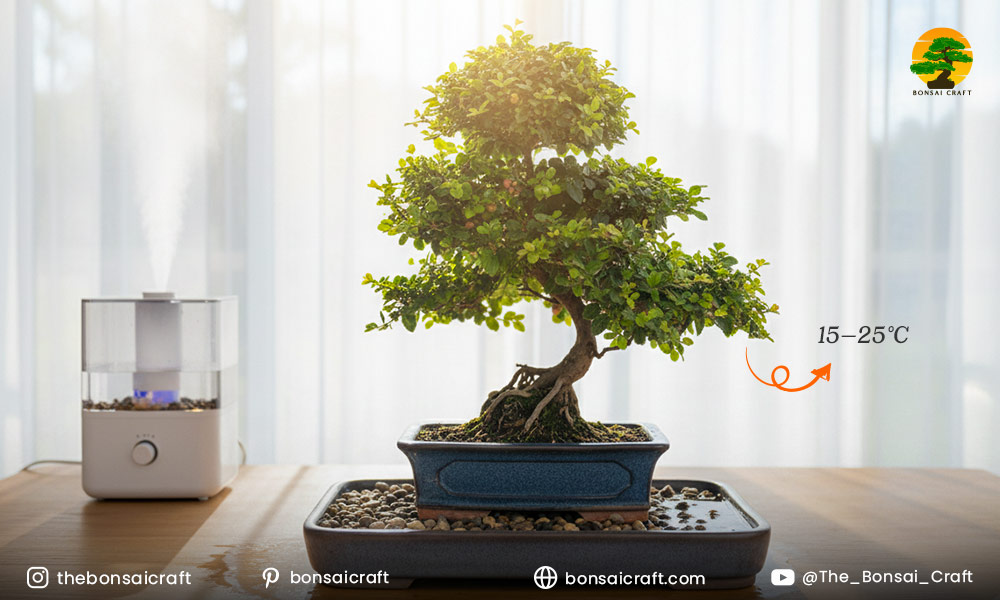
Can You Grow a Chinese Sweet Plum Bonsai Indoors?
Yes, indoor Chinese sweet plum bonsai thrives with bright, indirect sunlight, consistent humidity, and careful watering.
Detailed Indoor Care
- Light: Place near a south-facing window or provide supplemental grow lights to mimic natural sunlight.
- Humidity: Maintain moderate humidity using water trays or small indoor humidifiers.
- Temperature: Keep the indoor environment between 15–25°C (59–77°F) for optimal growth.
- Watering: Keep soil slightly moist; avoid waterlogging. Check soil moisture frequently, especially during indoor heating seasons.
Indoor care allows year-round enjoyment of Chinese sweet plum bonsai flowers, but careful monitoring is necessary to prevent pests and ensure healthy growth.
Chinese Sweet Plum Bonsai Soil and Potting
Healthy roots are the foundation of a thriving bonsai plum tree.
Soil Requirements
- Use well-draining bonsai soil such as a mix of akadama, pumice, and compost.
- Avoid heavy clay soils, which can retain water and cause root rot.
- Ensure soil aeration to support healthy root systems.
Potting Tips
- Repot during the early spring, before any new growth, and every 2 to 3 years afterward.
- Select pots that contain drainage holes to avoid any stagnation of water.
- When repotting, trim the roots to stimulate fine roots for proper balance.
Proper soil and potting techniques ensure robust growth and flowering potential in your Chinese sweet plum bonsai tree.
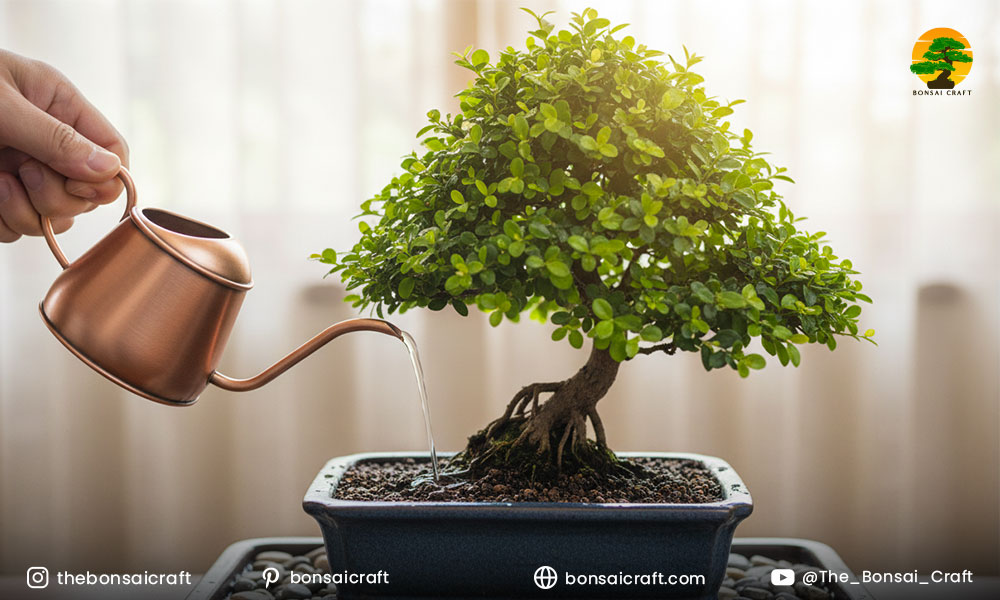
Watering Your Chinese Sweet Plum Bonsai
Consistent moisture is crucial for a healthy sweet plum bonsai. Overwatering or drought can stress the tree and inhibit flowering.
Watering Guidelines
- Water during the growing season and reduce the watering frequency during winter.
- Monitor soil moisture daily if it’s hot, or if the plants are indoors.
- Don’t let the soil dry out completely, but don’t let it get soggy.
Expert Tip: Use rainwater or filtered water when possible to avoid chlorine buildup, which may affect growth and flower quality.
Fertilizing the Chinese Sweet Plum Bonsai
Fertilization ensures vibrant leaves, healthy roots, and abundant blooms in your bonsai plum tree.
Fertilization Schedule
- Spring to Summer: Use a balanced fertilizer (NPK 10:10:10) every 2–3 weeks.
- Flowering Phase: Switch to a fertilizer higher in phosphorus to promote blossom development.
- Dormancy (Winter): Reduce fertilization; maintain minimal nutrients for root health.
Consistent fertilization enhances growth and keeps your Chinese sweet plum bonsai flowers strong and vibrant.
Pruning Your Chinese Sweet Plum Bonsai
Pruning is essential to maintain structure, encourage flower production, and promote healthy growth.
Pruning Techniques
- Structural Pruning: Done in late winter or early spring to shape the main branches.
- Maintenance Pruning: Remove weak, crossing, or crowded branches throughout the year.
- Flower Pruning: After blooming, trim spent flowers to redirect energy into new shoots.
Expert Tip: Use sterilized bonsai scissors and prune gradually to maintain balance and prevent stress.
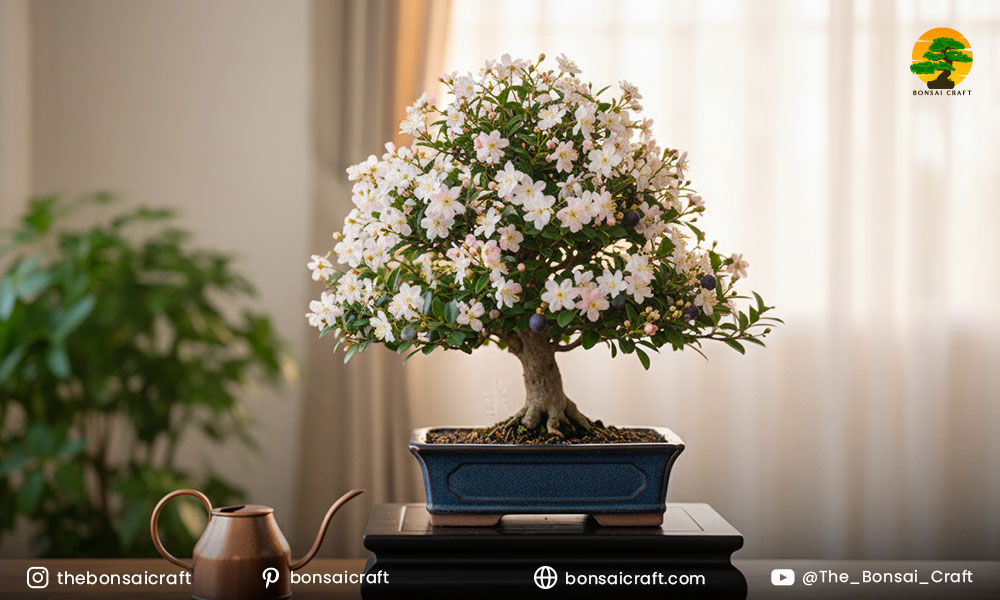
Flowering and Aesthetic Care
The highlight of a Chinese sweet plum bonsai is its delicate, fragrant flowers. Proper care ensures abundant and recurring blooms.
Flowering Tips
- Light: Full sunlight enhances flowering potential.
- Watering: Maintain consistent moisture during flowering periods.
- Fertilization: Apply a bloom-specific fertilizer for stronger, vibrant flowers.
- Pruning: Remove dead or diseased flowers to promote new growth.
With careful attention, a bonsai plum tree can flower multiple times a year, especially when grown indoors with controlled conditions.
Seasonal Care for Chinese Sweet Plum Bonsai
Spring
- Repot if needed and prune new growth.
- Fertilize regularly to support foliage and flower development.
Summer
- Monitor watering carefully to avoid drought stress.
- Provide partial shade during peak sunlight if you grow them outdoors.
Autumn
- Reduce fertilization and prepare for winter dormancy.
- Check for pests and diseases before the colder months.
Winter
- Keep indoor or sheltered varieties protected from frost.
- Water sparingly, ensuring soil remains slightly moist.
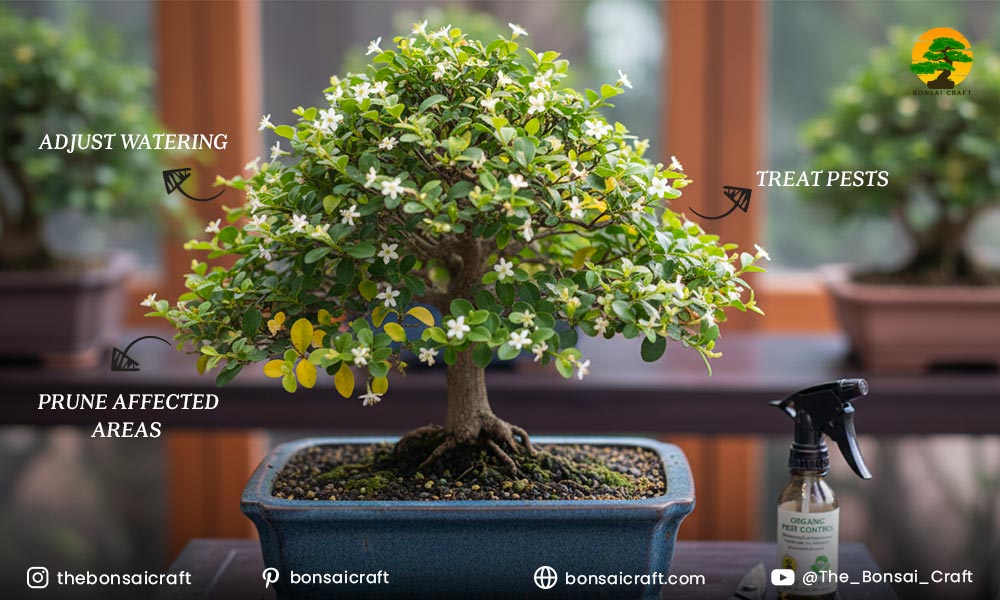
Common Problems and Solutions
Even experienced bonsai enthusiasts face challenges.
- Yellowing Leaves: Caused by overwatering or poor drainage.
- Sparse Flowering: Resulting from insufficient sunlight or nutrients.
- Pest Infestations: Aphids, spider mites, or scale insects can attack leaves.
- Root Rot: Waterlogged or compacted soil is the primary cause.
Solution: Adjust watering, prune affected areas, and treat pests with organic solutions when possible.
Growing Chinese Sweet Plum Bonsai from Seed
Starting a Chinese sweet plum bonsai from seed is rewarding but requires patience.
Step-by-Step Guide
- Seed Selection: Choose fresh, viable Chinese sweet plum seeds.
- Soaking: Soak seeds in warm water for 24 hours to enhance germination.
- Planting: Sow seeds in small pots with well-draining bonsai soil.
- Germination: Keep soil moist and provide indirect sunlight; germination may take weeks.
- Seedling Care: Gradually train seedlings, avoiding heavy pruning until the tree matures.
Growing from seed allows for total control over styling and long-term health of the bonsai plum tree.
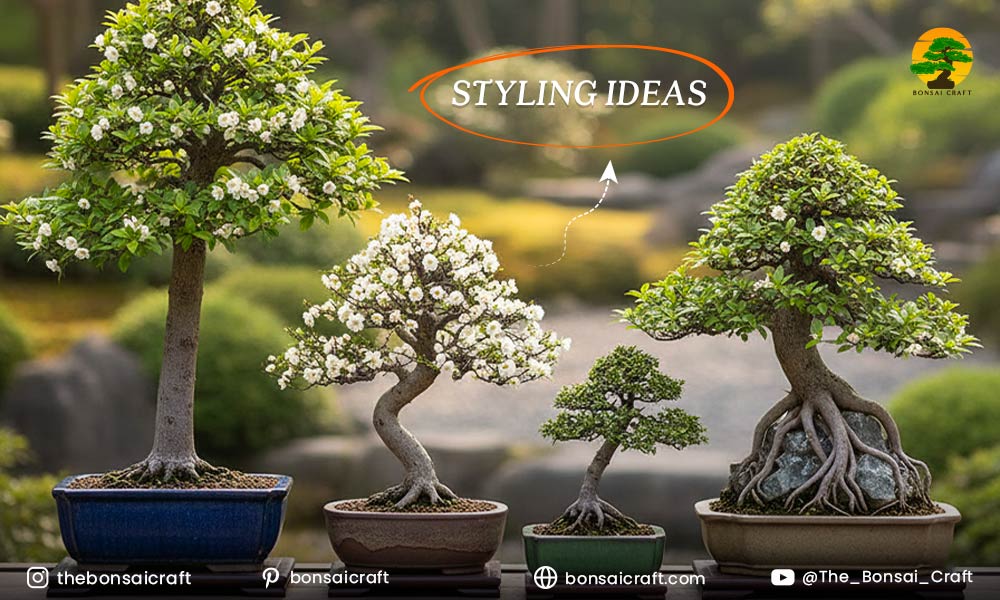
Styling Ideas for Chinese Sweet Plum Bonsai
- Formal Upright Style: Straight trunk with evenly spaced branches.
- Informal Upright Style: Natural curves and asymmetry for a more organic look.
- Slanting Style: Tilted trunk adds movement and interest.
- Root-over-Rock Style: Dramatic presentation for advanced bonsai enthusiasts.
Tip: Avoid over-wiring; prune gradually for natural growth patterns.
Conclusion
Caring for a Chinese sweet plum bonsai combines patience, observation, and consistent maintenance. Proper pruning, watering, fertilization, and indoor management ensure vibrant leaves, healthy roots, and abundant bonsai plum tree flowers.
Expert insight: You can appreciate and learn from each bonsai while considering the different seasons and changes that come. In time, your sweet plum bonsai will flourish, and the work of art will blossom for years to come.
FAQs
Can you grow a Chinese sweet plum bonsai indoors?
Yes, indoor Chinese sweet plum bonsai thrives with bright indirect light, consistent humidity, and proper watering. Use grow lights or place near windows to ensure healthy growth and flowering.
How often should you water a Chinese sweet plum bonsai?
Water when the topsoil is slightly dry. Maintain consistent moisture, especially during the growing season, but avoid overwatering, which can cause root rot.
How do you prune a Chinese sweet plum bonsai?
Prune in late winter or after flowering. Remove weak, crossing branches and trim spent flowers. Gradual shaping maintains tree health and encourages dense foliage.
Can Chinese sweet plum bonsai flower every year?
Yes, with proper light, fertilization, and pruning, Chinese sweet plum bonsai flowers annually. Adequate care promotes repeated flowering cycles.
How do you grow a Chinese sweet plum bonsai from seed?
Soak fresh seeds, plant in well-draining soil, maintain warmth and humidity, and train seedlings gradually. This method allows long-term control over bonsai development and flowering.
